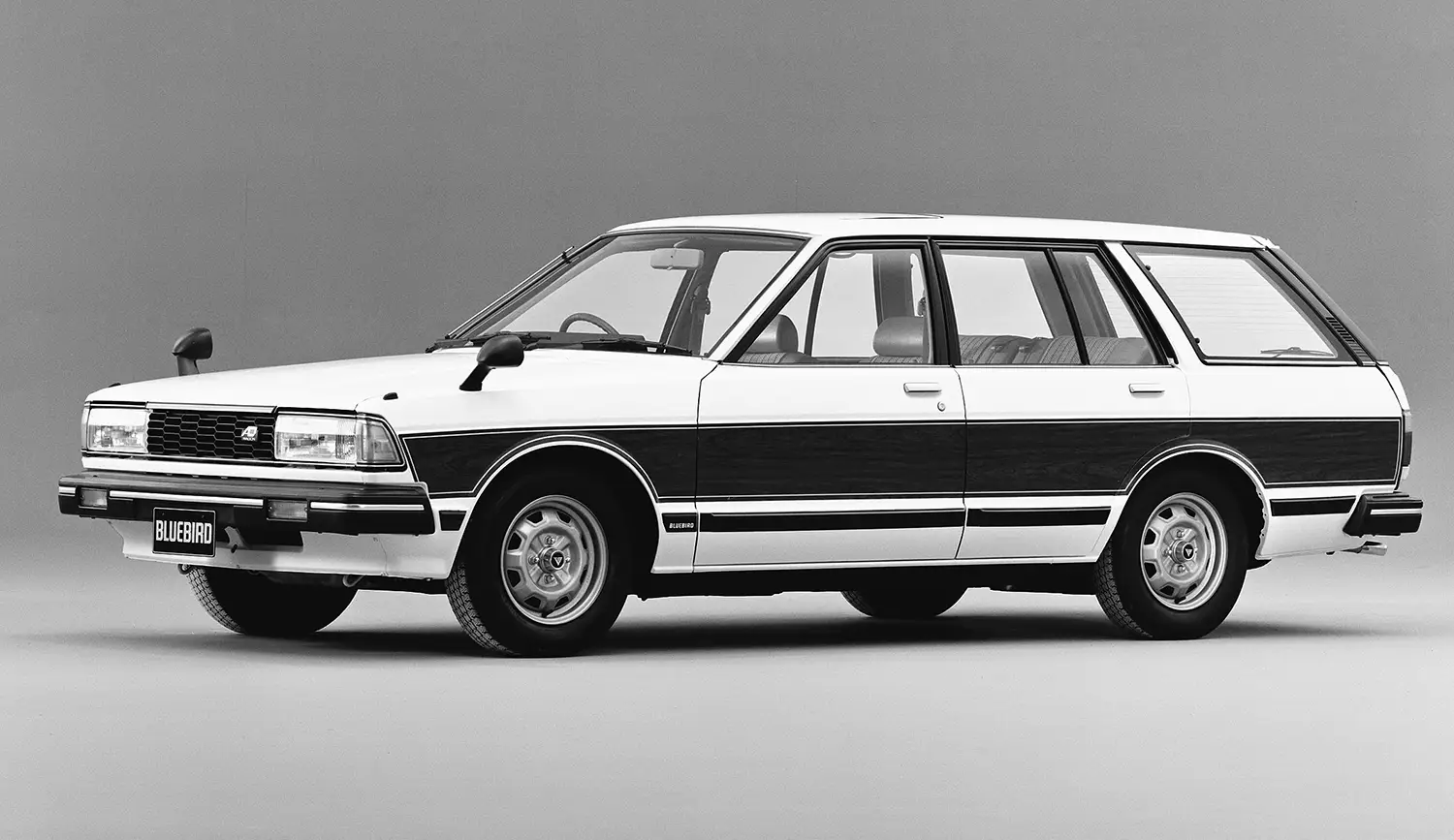
The 1982 Datsun Bluebird AD Wagon 1800GS represented a confident step in Nissan’s evolution from domestic success to a respected global automaker. This wagon captured the essence of the early 1980s: compact, efficient, and purpose-built. Yet, beneath its practical layout, it carried the engineering discipline and subtle flair that made Datsun vehicles popular around the world.
Origins of the Bluebird Line
The Bluebird name had been central to Nissan’s lineup since the late 1950s. By 1982, it had become a symbol of balanced design and durability. The AD Wagon variant extended the Bluebird’s versatility, appealing to drivers who needed extra cargo capacity without sacrificing comfort or style. It was a car for families, small businesses, and anyone who valued reliability in everyday use.
Design and Practical Character
In typical early-1980s fashion, the 1982 Bluebird AD Wagon featured sharp lines and an angular body. The upright tailgate and long roofline created generous interior space. Chrome accents and rectangular headlights gave the car a modern yet conservative appearance, suitable for both family and professional use. Inside, Datsun focused on ergonomics and durability, with simple instrumentation and quality materials that aged well over time.

Comfort and Utility
The cabin provided seating for five with ample legroom and storage compartments. Fold-down rear seats expanded the wagon’s carrying capacity, making it ideal for both urban commuting and weekend trips. Air conditioning, cloth upholstery, and power-assisted features added to its comfort. Datsun positioned the 1800GS trim as the premium version, adding subtle details like improved trim and upgraded upholstery.
Power, Engine Specs, and Performance
Under the hood, the 1982 Datsun Bluebird AD Wagon 1800GS housed the proven 1.8-liter inline-four engine. Known by enthusiasts as the Z18S, this SOHC unit delivered around 100 horsepower and smooth midrange torque. It was paired with a five-speed manual or optional automatic transmission. The engine’s balance of power and efficiency reflected Datsun’s expertise in reliable everyday performance. Independent front suspension and coil-sprung rear suspension provided a comfortable, stable ride even when fully loaded.
Driving Experience and Engineering
Drivers appreciated the Bluebird’s quiet cabin and predictable handling. Power steering and well-weighted brakes contributed to its relaxed, confident road behavior. The wagon’s lightweight structure and low center of gravity also enhanced fuel economy. These traits made it a dependable long-distance cruiser while maintaining nimble performance in city traffic.

Global Reach and Market Appeal
The 1982 Bluebird AD Wagon 1800GS reached markets across Asia, Australia, and parts of Europe, often rebranded under the Nissan name as Datsun transitioned its global identity. This era marked the company’s transformation into an international brand. The Bluebird’s dependability and low running costs made it a strong seller in diverse markets, from Tokyo’s suburbs to rural Australia.
Legacy and Collector Interest
While the 1982 Datsun Bluebird AD Wagon 1800GS may not have been a high-performance car, its significance lies in its consistency and design clarity. It reflected the engineering confidence that would define Nissan throughout the 1980s and beyond. Today, preserved examples are appreciated for thei
Disclaimer: Content on this site is for informational purposes only. Vehicle specs, pricing, and availability may change. Always verify details with official sources before making decisions. Opinions are those of the authors.
Source: Nissan

